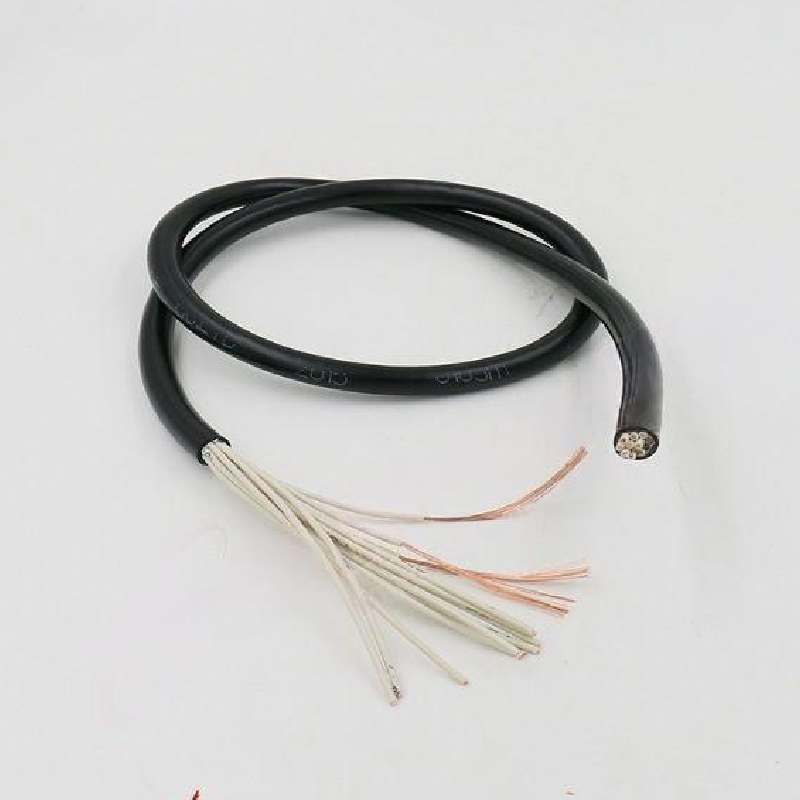Dùbh . 03, 2024 17:53 Back to list
non rising stem gate valve
Non-Rising Stem Gate Valve An Overview
Non-rising stem gate valves are critical components in various fluid control systems. They are widely used in industries such as water treatment, oil and gas, and chemical processing due to their unique design and functional advantages. This article delves into the design, operation, advantages, and applications of non-rising stem gate valves, highlighting their significance in efficient fluid management.
Design and Construction
The primary distinguishing feature of a non-rising stem gate valve is its stem mechanism. Unlike rising stem gate valves, where the stem rises as the valve is opened, the non-rising stem type maintains a fixed position during operation. The valve features a threaded stem that is connected to a wedge-shaped gate. When the valve is turned, the stem rotates, translating the rotational motion into linear movement of the gate—either opening or closing the flow path.
Typically made from materials such as cast iron, stainless steel, or bronze, these valves are designed to withstand high-pressure environments. Their compact design allows for installation in locations with limited vertical space, making them particularly useful in underground or confined applications.
Operation
The operation of a non-rising stem gate valve is straightforward. To open the valve, the operator turns the handle or actuator, which rotates the stem. This action causes the gate to lift off the seat, allowing fluid to flow. Conversely, turning the handle in the opposite direction lowers the gate back onto the seat, effectively stopping the flow.
One of the significant advantages of this design is that it minimizes the vertical space required for valve operation. When installed in piping systems, non-rising stem gate valves can be aligned closer to other equipment, reducing the overall footprint of the system.
Advantages
1. Space Efficiency As previously mentioned, non-rising stem gate valves do not require extra vertical space for the stem to operate. This feature is invaluable in applications where space is limited, such as in industrial plants or underground facilities.
non rising stem gate valve

2. Reduced Wear and Tear The non-rising design can lead to lower wear on the valve components. Since the stem remains in a fixed position during operation, there is less friction and mechanical wear compared to rising stem valves.
3. Lower Maintenance Because of their robust construction and reduced wear, non-rising stem gate valves often require less maintenance. This can lead to lower operational costs and reduced downtime in industrial processes.
4. Versatility These valves can handle a variety of media, including liquids and gases, and can be used in various pressure and temperature conditions, making them versatile for numerous applications.
5. Cost-Effective Their simpler design often results in lower manufacturing and installation costs compared to more complex valve systems. This cost efficiency can be a significant factor in large-scale projects.
Applications
Non-rising stem gate valves are employed in a wide range of applications across various industries. Some common uses include
- Water Supply Systems They are often used in municipal water supply systems to control the flow of water and manage system pressure. - Oil and Gas Industry In pipelines, these valves effectively manage the flow of crude oil, natural gas, and other hydrocarbons. - Chemical Processing In chemical plants, non-rising stem gate valves can be used to handle a variety of corrosive and non-corrosive fluids. - Wastewater Management They are critical in regulating flow in wastewater treatment plants.
Conclusion
In summary, non-rising stem gate valves are an essential component of fluid control systems, offering space-saving benefits, reduced wear and tear, and high operational efficiency. Their unique design features make them suitable for various industrial applications, leading to lower maintenance costs and extended service life. As industries continue to evolve and prioritize efficiency and reliability, the role of non-rising stem gate valves is poised to remain significant in the landscape of fluid management solutions.
Share
-
Reliable Wafer Type Butterfly Valves for Every IndustryNewsJul.25,2025
-
Reliable Flow Control Begins with the Right Ball Check ValveNewsJul.25,2025
-
Precision Flow Control Starts with Quality ValvesNewsJul.25,2025
-
Industrial Flow Control ReliabilityNewsJul.25,2025
-
Engineered for Efficiency Gate Valves That Power Industrial PerformanceNewsJul.25,2025
-
Empowering Infrastructure Through Quality ManufacturingNewsJul.25,2025